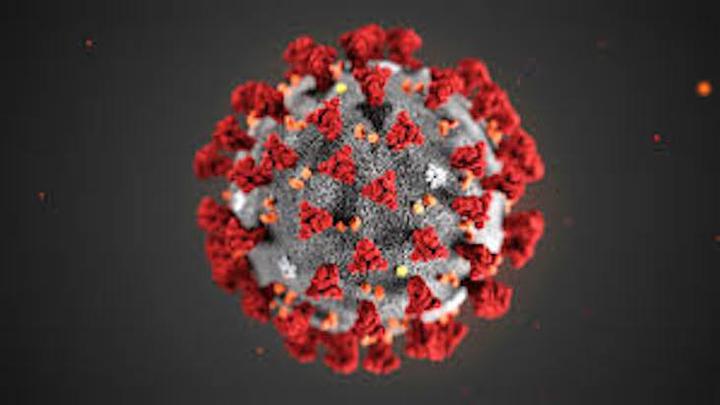Chemosensation and COVID-19

A few months into the COVID-19 pandemic, we now know that smell and taste loss are the predominant neurological manifestations of COVID-19. They appear in otherwise asymptomatic individuals, they characterize the acute phase of the disease and we are only starting to understand how smell and taste recover and in which time frame. As the Chair of the Global Consortium for Chemosensory Research (GCCR), along with more than 500 colleagues from 56 countries worldwide, I have been studying how smell, taste and chemesthesis are impacted by COVID-19 (see a review on the initial observations , and the first GCCR paper after only 10 days of data collection via our survey), how these symptoms compare to other respiratory illnesses known to induce chemosensory alterations, what are the potential mechanisms underlying these symptoms, how understanding smell and taste alterations in COVID-19 can aid the management of this pandemic, and how recovery from such alterations looks like. We have now recently pre-printed our second GCCR paper. Stay tuned for more updates on the work of the GCCR, which you can find following us on Twitter @GChemosensoryR and on our facebook page.
Related
- Human Olfaction
- Facilitation of Action Planning in Children with Autism The Contribution of the Maternal Body Odor
- Kinematics of the Reach-to-Grasp Movement in Vascular Parkinsonism a Comparison with Idiopathic Parkinson’s Disease Patients
- Body Odors Promote Automatic Imitation in Autism
- Implicit Olfactory Processing Attenuates Motor Disturbances in Idiopathic Parkinson's Disease